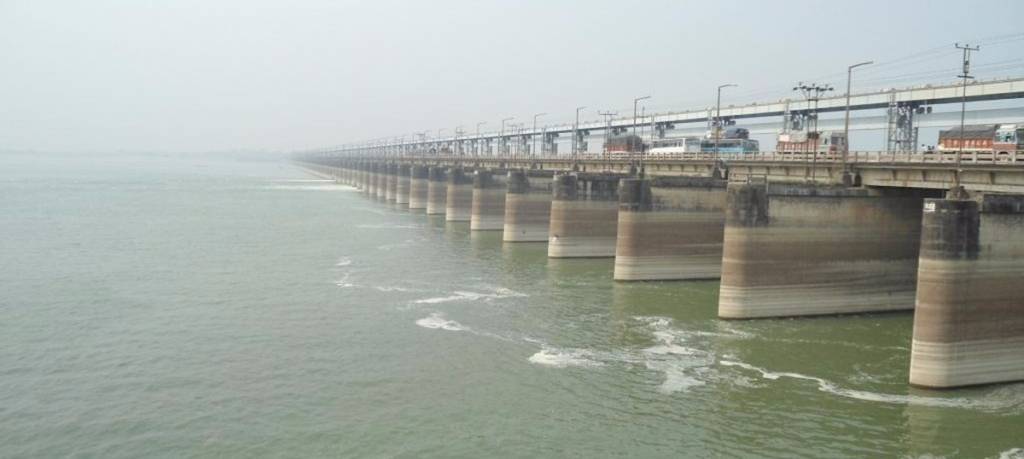Years change but the pitiable condition of Bihar and its people due to the ravaging floods do not change. The 2019 monsoon season has been disastrous for Bihar as there has been loss of lives and large scale displacement which has wretched the lives of people across the state. But there seems to be a pattern that is repeated year after year, surely the rain gods cannot be that mad on Bihar and its people. When you look closely, you can gauge that this situation is somewhat man-made and despite the problem being out there in the open, nothing has been done as such to arrest the situation. Construction of the 2.62 km long Farakka barrage across Ganga started in the year 1962 and it became operational in 1975 with the main purpose of helping flush out sediment deposition from Kolkata Port, besides addressing drinking water requirement in West Bengal. Ever since its inception it had been a controversial project and was considered a doomed project even before it took any shape. The first landmark publication against the Nehruvian penchant for large dams was authored in 1961 by the then superintending engineer of the West Bengal government, Kapil Bhattacharya. A warning had come from him where he had cautioned that the dam was badly designed to keep the water stored in the barrage in a flood situation. In a report, Silting of Calcutta Port, Bhattacharya had said: “If my warnings against Farakka Barrage are not heeded, people will have to suffer consequences.” He warned that the construction of the barrage would lead to heavy flooding and siltation in Malda and Murshidabad districts of West Bengal and floods in Bihar. But the media vilified Bhattacharya and he was dubbed as a Pakistani Spy, as Pakistan got a copy of Bhattacharya’s report and used it to argue against the barrage with the Indian government.
Farakka Dam works as a bottleneck for a large river like Ganga. When Ganga swells during the monsoon, the water cannot drain out as per natural flow. Simultaneously, the tributaries too get swollen and water spreads along backwaters. The idea to build a barrage across the Ganga at Farakka was conceived to flush out silt from the approach channel and keep the port at Kolkata open. It was suggested by Arthur Cotton, a British irrigation engineer in 1853. Soon after Independence in 1947, the West Bengal government began to look into the idea and in 1949, the central government took over planning for it, disregarding all the criticism against it.
The onus of supplying 1500 cusecs water daily to Bangladesh falls on Bihar owing to an ill-devised treaty signed by India with Dhaka. The Bihar government was not taken into confidence before the signing of Farakka Treaty in 1996 under which Bangladesh is given 1500 cusecs of water daily during the non-flood season. Bihar only gets 400 cusecs of water from the Ganga during the lean months (January to May). This low water volume and the resultant sedate flow year after year have dried up the Ganges channels, leaving enormous silt deposits in its lower reaches. Moreover, both the Indian and Bengal governments have never been able to work out any alternative for the 40,000 cusecs of water discharge throughout the year into the Hoogly channel, to keep it from getting silted because of the tides in the Bay of Bengal. The Chief Minister of Bihar has on record alleged that the Ganges has been subjected to heavy silting due to the Farakka Barrage.
If it is not possible to dismantle the barrage, it should be redesigned in a way so that heavy silt is not accumulated in Ganga. In wake of Bihar’s flood woes, it’s high time NDA government reviewed international & inter-state water-sharing arrangement and optimisation of Farakka barrage’s discharge capacity. Farakka Barrage which has already turned into Bihar’s sorrow should be on the agenda of both centre and state, otherwise, there is going to be loss of lives, economy, employment, and infrastructure for the foreseeable future in Bihar.
